|
For newcomers to Baltimore or the neighborhood of Hampden, the lights on 34th Street feel like a tradition. And by now, they kind of are. I wrote an article for Shore Monthly about the "Spectacle on 34th Street," and found myself surprised that the street-wide decorations only started in 1991. But in the years since, the street has become Baltimore's place to be over the holidays. Read the piece via Shore Monthly.
0 Comments
Friday the 13th has enough scary stuff, so here are some cute photos of kids celebrating Halloween festivities! This whole post was inspired by this one photo, from the Upshur County Historical Society in Buckhannon, West Virginia. In a collection of thousands of glass plate negatives, this gem appeared. The photographer Fred Brooks was a naturalist working for the U.S. Department of Agriculture, so many of the photos in the collection are of diseased trees or insects. But since he had the camera, he also took photos of his children (like this one) and the travels he took around the United States. (I'm pretty sure this is his daughter Dorothy and the photo is from 1920-22.)
You never know what you'll find in a box.
Midwife Problems, and Solutions, Part 2This is part 2 of a series on the history of midwifery in the U.S. and Sweden. Click here to read part 1.
In Baltimore city, over 150 midwives delivered over 4,000 babies a year, and in every city and town in the U.S., you could find a woman delivering a baby, calling herself a midwife. But just like there were no regulations for doctors, there were no regulations for midwives. Why didn't the U.S. regulate the medical profession? And what did that mean for the health and safety of babies and mothers?
Friday is Women's Equality Day, and given Hillary's nomination, now seems about as good a time as any to see some images from the women's suffrage movement.
Peace activist and priest Daniel Berrigan passed away this past week at the age of 94.He came into my consciousness as a member of the Catonsville Nine, burning draft cards with homemade Napalm in Catonsville, Maryland in 1968. I wrote a piece for UMBC Magazine on the documentary Hit & Stay by Joe Tropea and Skizz Cyzyk in 2013 (Joe and I are both UMBC grads, and UMBC is in Catonsville) -- check them both out.
At this year's 19th Century Banjo Gathering (Banjo Collector's Gathering), Pete Ross and I presented on Levi Brown.
Our research uncovered that there was much more to Brown's life than just making banjos, which make sense when you know a little bit about existing Minstrel-Era banjos.
Spoilers and graphic images below...If you haven't watched The Knick on Cinemax, stop reading and start binging. (Then come back and read...)The Knick stars Clive Owen as Dr. John Thackery at the Knickerbocker hospital in 1900 New York City, and it's good TV. He is based on the Johns Hopkins Hospital surgeon William Halsted, who was by all accounts a genius, but also addicted to cocaine with a bizarre personal life. There are so many writing elements that make The Knick worth watching: characters with depth, good dialogue, a plot that moves and draws you in. And there are so many production elements that make it good: cameras that let in a lot of light so the set can have less lighting, making it feel more natural, and the extreme lengths the crew went to to make the streets of Manhattan and Brooklyn look like 1900 New York. What I like the best is how historical the show is. I spent one day last fall locked in the Chesney Medical Archives of Johns Hopkins staring at early photographs of the hospital and reading descriptions of the patient rooms and surgical amphitheaters. I came home that night and watched an episode of The Knick and my jaw dropped. The photographs came to life in amazing detail. From the Johns Hopkins Medical Archives. L: Nurse administering silver nitrate to a baby's eyes while a nursing student looks on c. 1902;
R: The surgical amphitheater c. 1903. Ahh... the days of public transportation...In 1910, there were an estimated 500,000 cars in the United States for the 9.2 million people in the country. In 2015, there are over 250 million cars for an estimated 320 million people.
Cities were king, and public transportation was a necessity. Unlike New York and Boston, Baltimore was not developing a system of subways that would never interfere with that car traffic (and therefore never disappear). Instead, we had the trolley/ streetcar/ street railway. This map shows the trolley for the United Railways and Electric Company, which doesn't include any larger railways that had multiple stops within the city and suburbs. The closest thing we have to the streetcar today is the light-rail, which kind of follows the Halethrope Line into the city and then the Mt. Washington Line out. The light-rail then keeps going north past Lake Roland to Timonium and Cockeysville, while the old Mt. Washington Line went to Pikesville. Some close-ups are below, and click here for the full version from Johns Hopkins University Libraries. If you know the name John T. Ford at all, it's probably because he was the owner of Ford's New Theater, "which acquired such unenviable notoriety as the scene of the assassination of President Lincoln," as one of his obituaries pointed out. John Ford's life was much bigger than that one night in April 150 years ago.
|
Come in, the stacks are open.Away from prying eyes, damaging light, and pilfering hands, the most special collections are kept in closed stacks. You need an appointment to view the objects, letters, and books that open a door to the past. Archives
April 2023
Categories
All
|
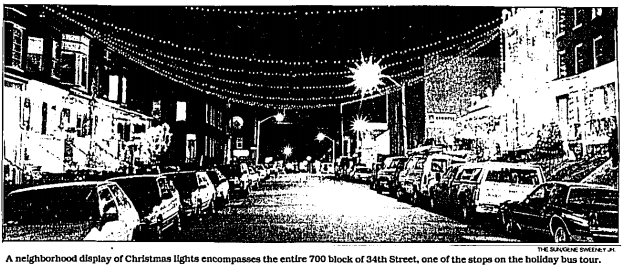
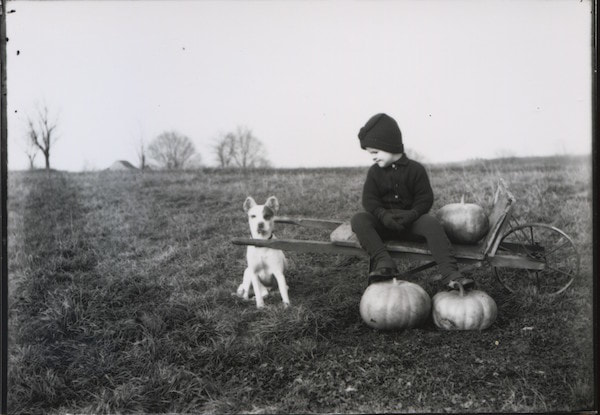
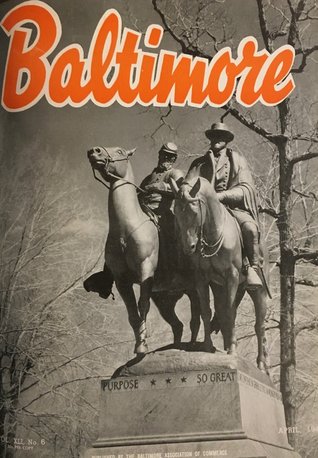
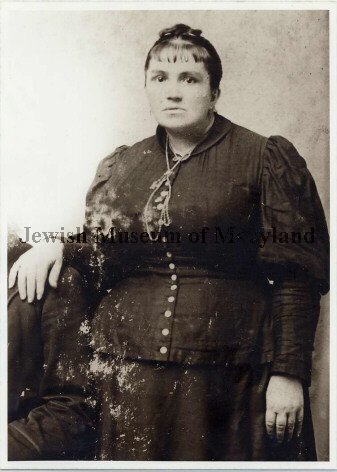
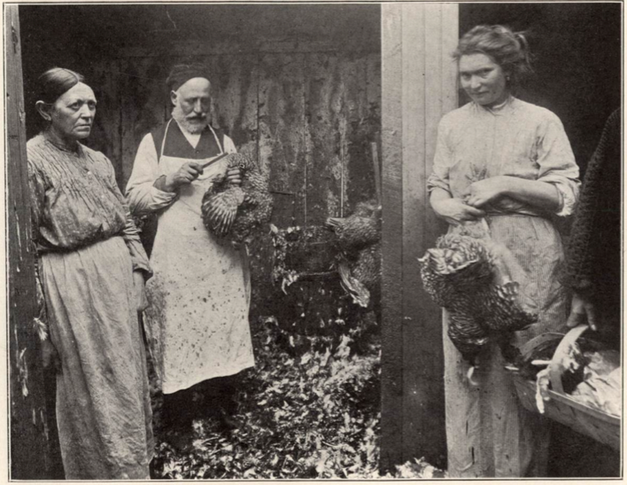
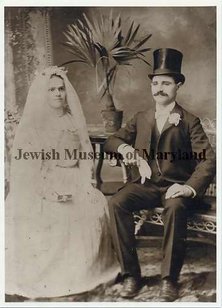
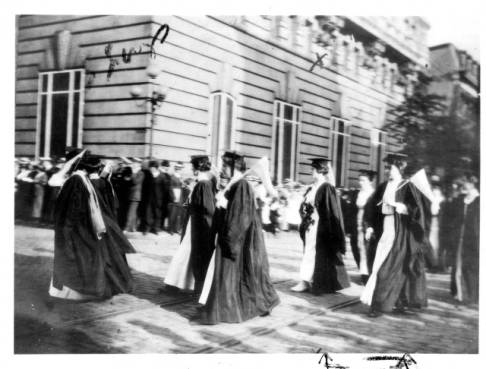
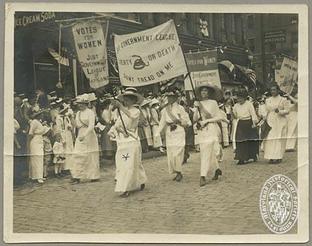
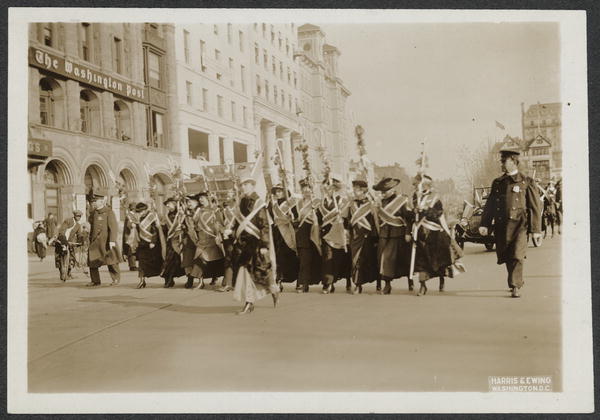
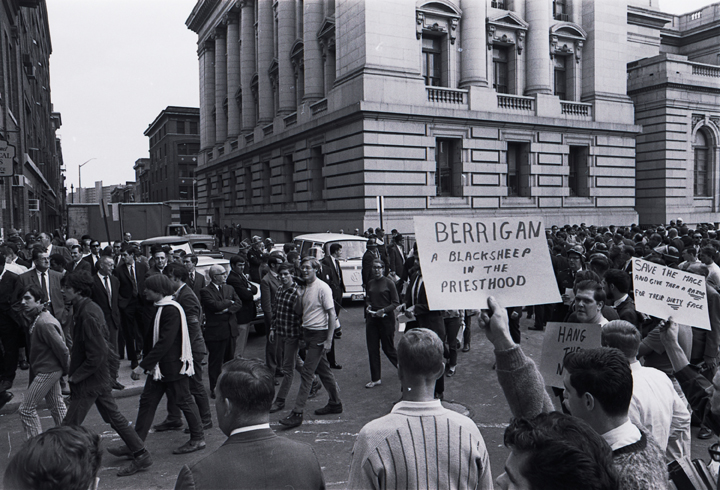
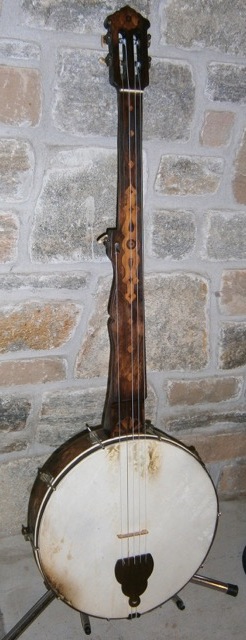
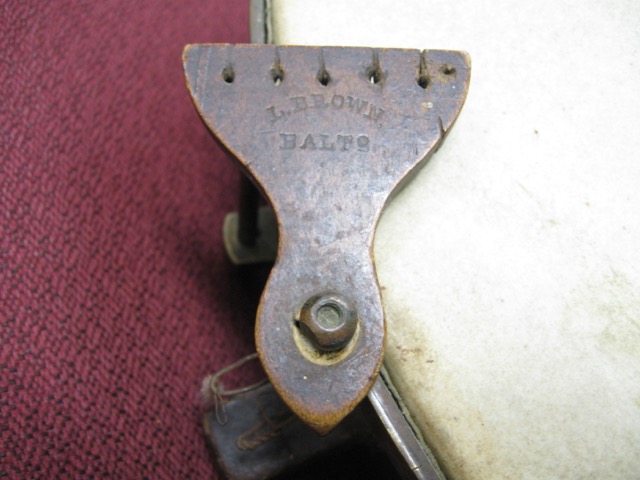
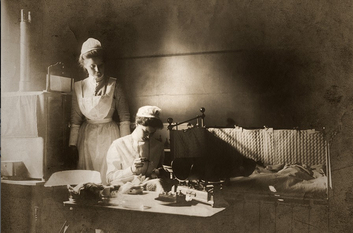
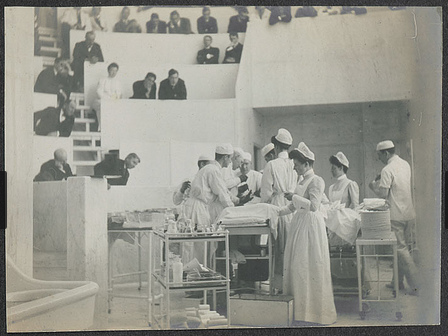
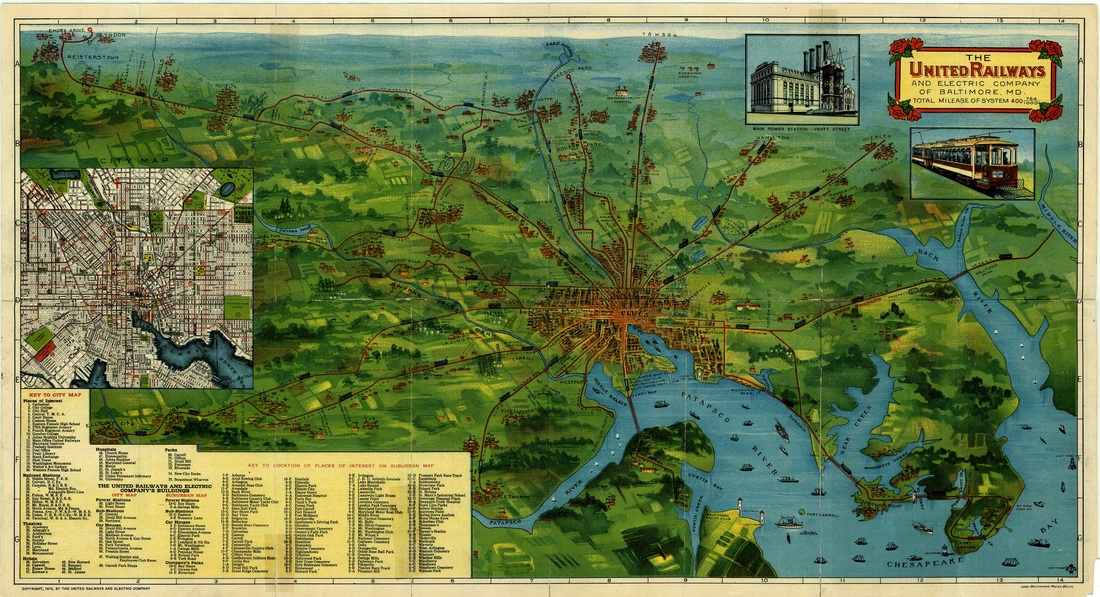
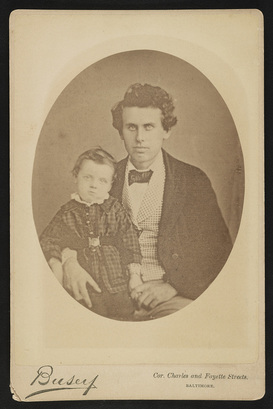
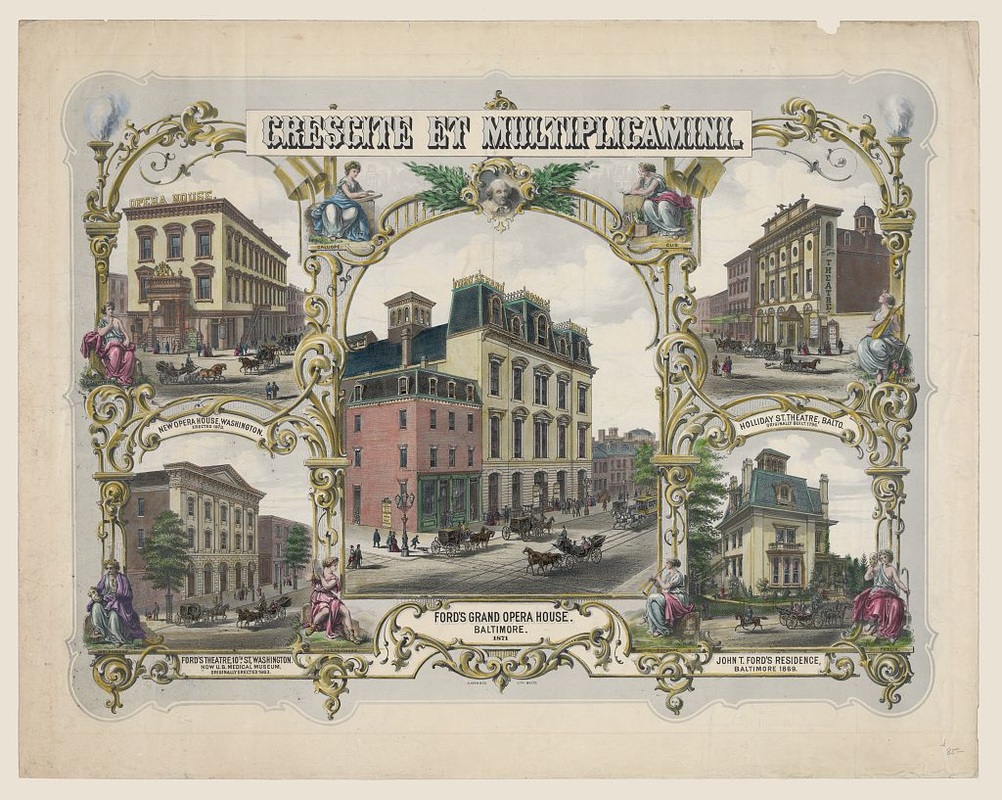

 RSS Feed
RSS Feed